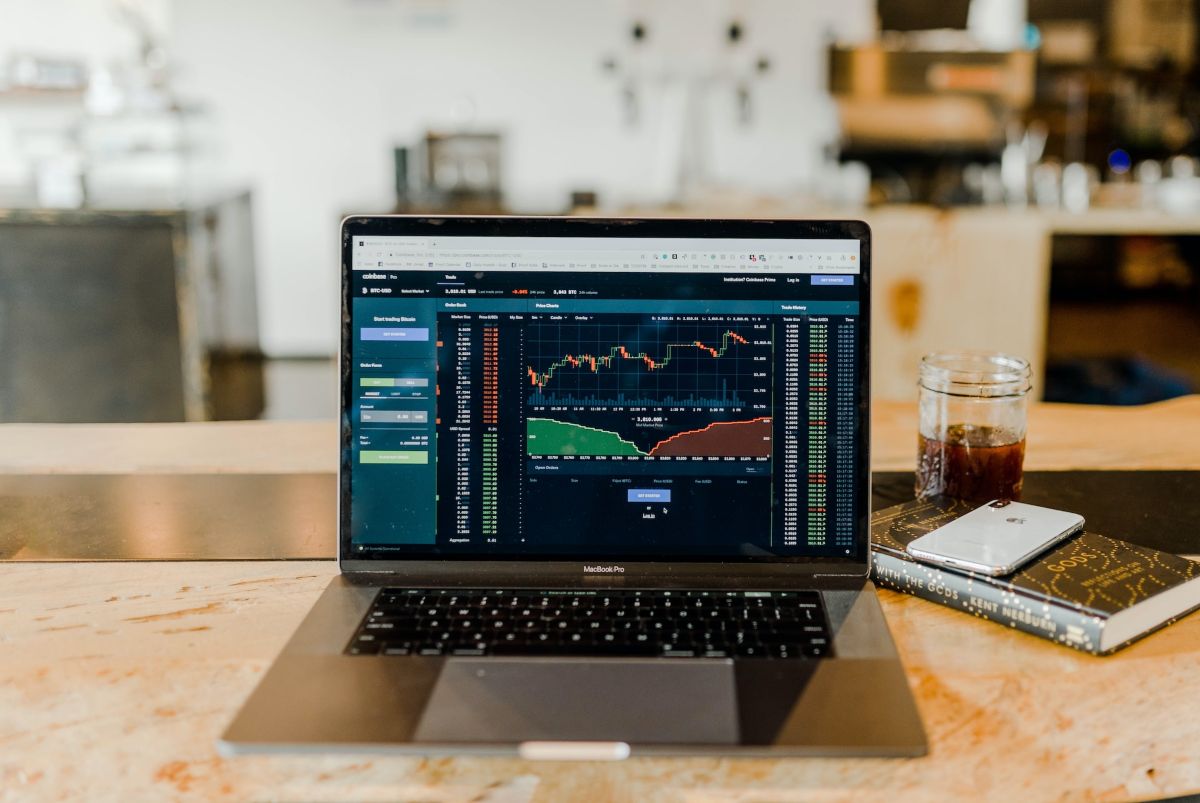MetaTrader 4 (MT4) is a powerful trading platform with an array of features and indicators. It is the most popular charting and analytics platform among traders, and it’s used by many brokerages around the world. The platform provides users with a wide range of helpful tools to assist them in their trading journey.
In this blog post, we’ll discuss the basics of MT4 indicators, how they work, and how to use them in your day-to-day trading activities. After you cover the basics and find out more about this platform, you will be able to start practicing your trading skills.
What Is an Indicator and How to Choose One?
An indicator is a tool that allows you to analyze the price behavior of a particular asset or market. There are three types of indicators: trend, momentum, and volume.
Trend indicators, such as moving averages, show you the direction of the trend in a given period of time. Momentum indicators measure strength or momentum in a specific period. Volume indicators tell you how much of an asset has been traded in a certain period.
The Most Popular Indicators in MT4

In MT4, there are more than 50 built-in indicators available for free use. To access them, you will need to open up the “Navigator” window in MT4 and select “Indicators” from the list of options on the left side.
There you can find all the different technical analysis tools that are provided by MT4 such as Moving Averages, Bollinger Bands, Parabolic SARs, and so on. Many of these indicators support numerous kinds of trading, including binary options.
The most popular indicator among traders using MT4 is the Moving Average. It shows the average price over a certain period of time, which helps to identify trends and spot potential trading opportunities in the market.
Other popular indicators on MT4 include Bollinger Bands, MacD, and RSI. These are used to detect changes in momentum, volatilities, support & resistance levels, and other key signals that can give you important insight into market movements and their potential outcomes.
How To Start Using Indicators?
Once you have found the indicator that best suits your needs, it’s important to know some basic facts about it before using it on your chart.
You should be aware of its parameters, formula (if applicable), and accuracy over different time frames or market conditions, etc., as these can all affect how useful it may be for your analysis.
1. Parameters
The parameters of an MT4 indicator are the settings that allow you to customize the indicator to fit your specific trading needs. Some of the common parameters include period, length, cross-over, offset, and weighting.
Depending on which indicator you choose, there could also be other advanced parameters available for you to adjust such as thresholds and colors. By carefully adjusting these settings you can create a customized view of the market with more accurate signals & signals from multiple indicators combined.
2. Formulas
The formulas of MT4 indicators are mathematical algorithms that are used to compute and analyze the data you are seeing on your chart. Each formula is designed to provide different information based on parameters that you set such as length, offset, and period.
For example, the Moving Average uses a simple average formula to give an indication of the underlying trend in the price movement. It is important to understand these formulas as they can help you make better judgments when it comes to making trade decisions.
3. Accuracy
The accuracy of MT4 indicators depends on a variety of factors, including the parameters and formulas used. Generally speaking, the accuracy of an indicator can be affected by changes in market conditions or data noise. Furthermore, indicators that use more complex algorithms may not be as accurate at predicting future price movements as simpler ones.
It is critical to test different parameters and formulas to identify which one works best for your trading strategies. By combining different indicators together, you can further increase the accuracy and reliability of your analysis.
It’s also crucial to remember that no two markets are ever exactly alike. This means that no single indicator will work perfectly for every situation, but if used correctly, the indicators can still provide valuable insight into current trends or reversals in price action.
4. Other Important Considerations
Before applying an indicator to your live charts, it’s advisable to practice properly with dummy data first until you feel comfortable enough with it to start using it on actual trades.
Always keep in mind that various other factors like fundamentals or sentiment also have an impact on markets. So, never rely solely on one tool when planning entry points or exits from trades – combine multiple signals together instead for better accuracy and safety against unexpected changes in market conditions.
To Sum Up
Using indicators properly requires skill and experience but once mastered they become extremely helpful tools when analyzing financial instruments across various markets.
With a bit of research & refinement, anyone can learn how to make accurate predictions regardless of their level of expertise! Just remember – even though there is no guarantee against losses, always try not to risk more than what you can afford.
Read Also:
- All You Need To Know About Forex Trading
- 3 Different Types of Crypto Trading
- Forex Trading: 4 Major Risks & How to Manage Them
Author: Max Robertson














